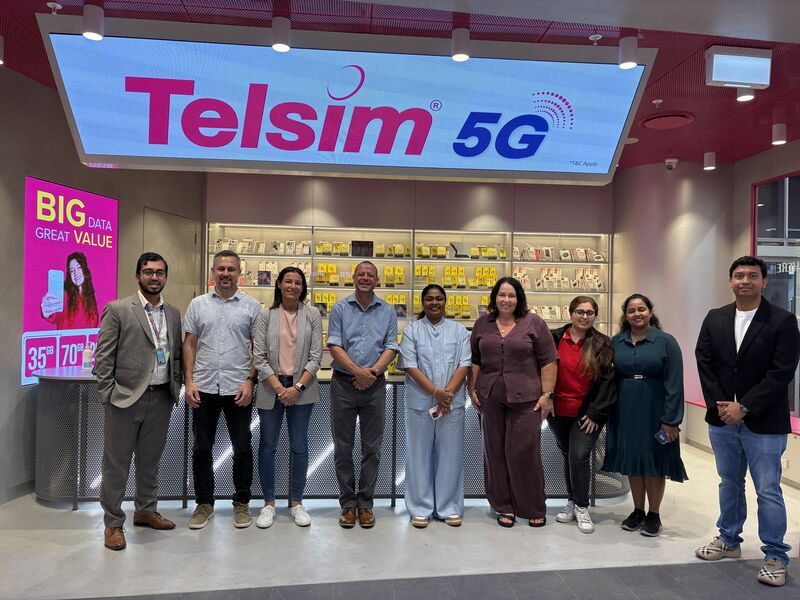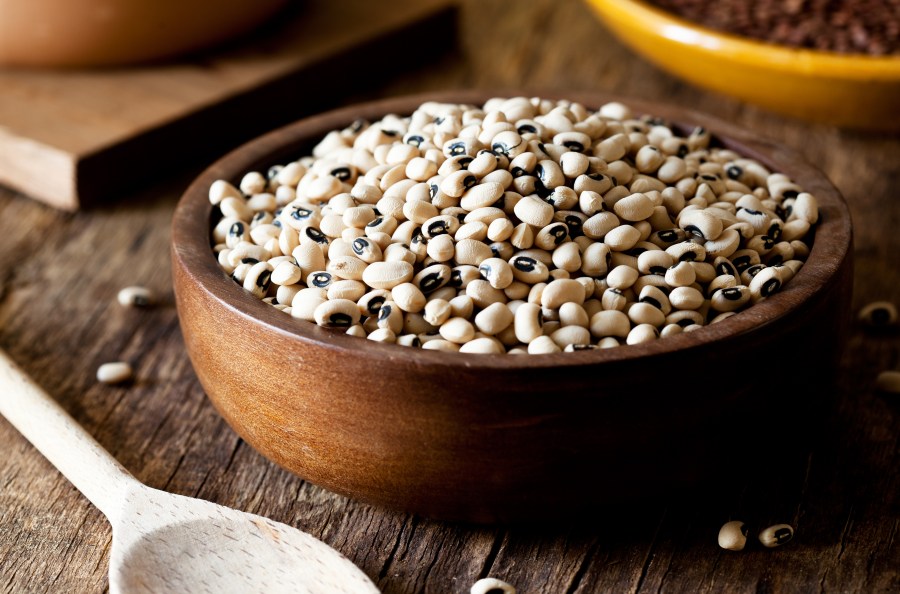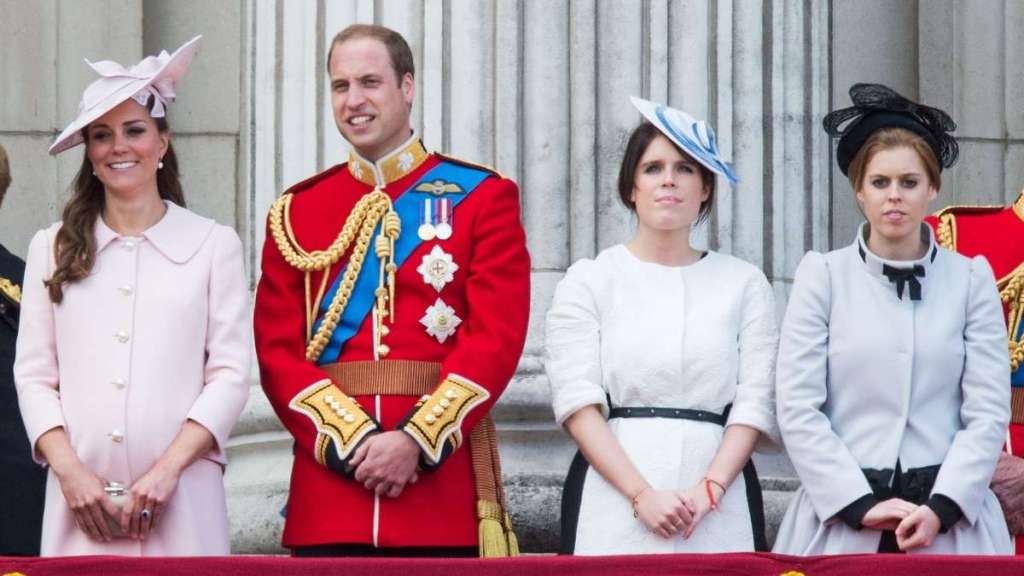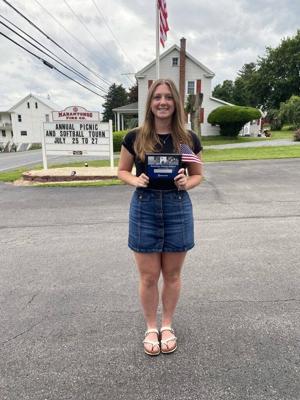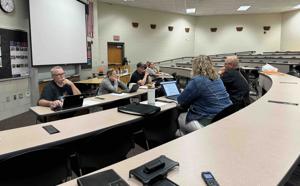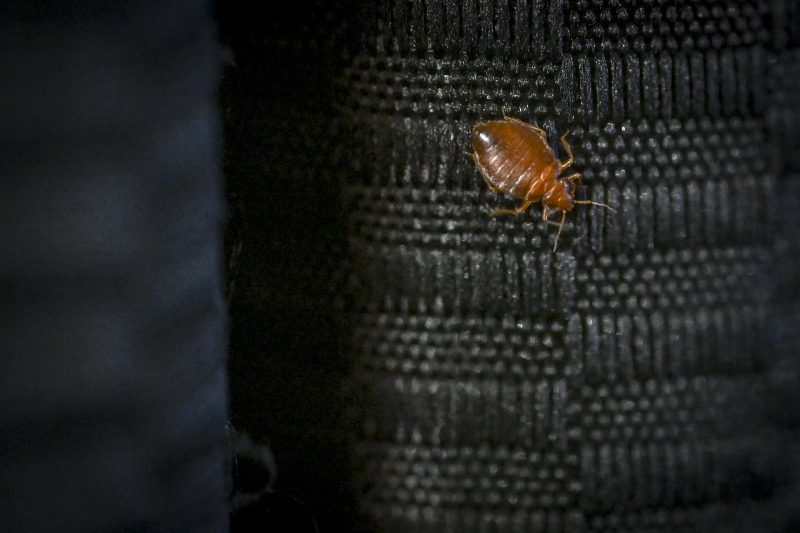Guam Urgently Seeks $11 Million to Revive Tourism Industry
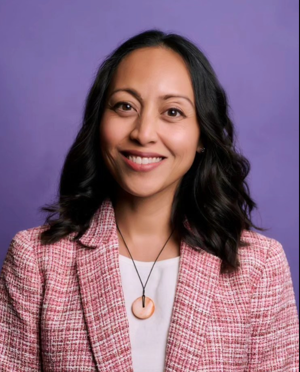
URGENT UPDATE: The Guam Visitors Bureau is calling for an immediate investment of $11 million in airline incentives for FY2026 to jumpstart the recovering tourism sector, which has been severely impacted by the COVID-19 pandemic. This decision comes as Guam aims to revive its economy, which relied on tourism for over $2.4 billion in economic activity and supported more than 23,000 jobs before the crisis.
In a compelling analogy, Régine Biscoe Lee, President & CEO of the Guam Visitors Bureau, likened Guam’s tourism to the fable of the goose that laid golden eggs. “We have a choice to make. Either we believe tourism is still part of Guam’s future or we don’t,” she stated. If immediate action isn’t taken, Guam risks losing critical air service routes that are vital for attracting visitors from key markets such as Japan, Korea, and Taiwan.
The tourism industry was a cornerstone of Guam’s economy, bringing in over 1.6 million visitors in 2019. However, the pandemic led to a drastic reduction in travel, and many destinations are now fiercely competing for limited airline capacity. “Without these airline incentives, we risk losing flights,” Biscoe Lee warned, emphasizing that marketing efforts alone cannot compensate for a lack of access.
Latest data shows signs of recovery, with airline seat capacity doubling over the past year due to strategic incentives. But the road to full recovery remains long and uncertain. The Guam Visitors Bureau’s request is positioned as a necessary tool, not a luxury, to ensure that the island retains its competitive edge in the tourism industry.
Officials are concerned about the potential impacts of inaction. Biscoe Lee pointed to recent events in the Northern Marianas, where major hotel brands have exited the market and air service has been significantly reduced. “We’ve seen what happens when destinations fall behind,” she noted, highlighting the critical need for vigilance and investment.
Tourism is not just an economic driver; it is also deeply intertwined with the community. Every $1 invested in tourism marketing and airline incentives reportedly generates between $16 and $30 in visitor spending. Furthermore, every 70 additional tourists support one local job in hospitality, retail, or service sectors, underscoring the direct correlation between tourism investments and community well-being.
The Guam legislature is facing tough choices as they weigh limited resources against the pressing needs of the community. Biscoe Lee acknowledged the challenges, stating, “These are good, thoughtful public servants trying to make the best decisions for our future.” However, she stressed the importance of clarity and decisive action in supporting tourism.
As Guam grapples with its economic future, the message is clear: investment in tourism is not just about today; it’s about ensuring a sustainable future for generations to come. “Let’s give the golden goose the care it needs,” Biscoe Lee urged, emphasizing the need to nurture the economic foundations that tourism provides.
With the stakes this high, the call for action from the Guam Visitors Bureau is more than a request; it is a plea for the future of the island and its people. The time to act is now.

